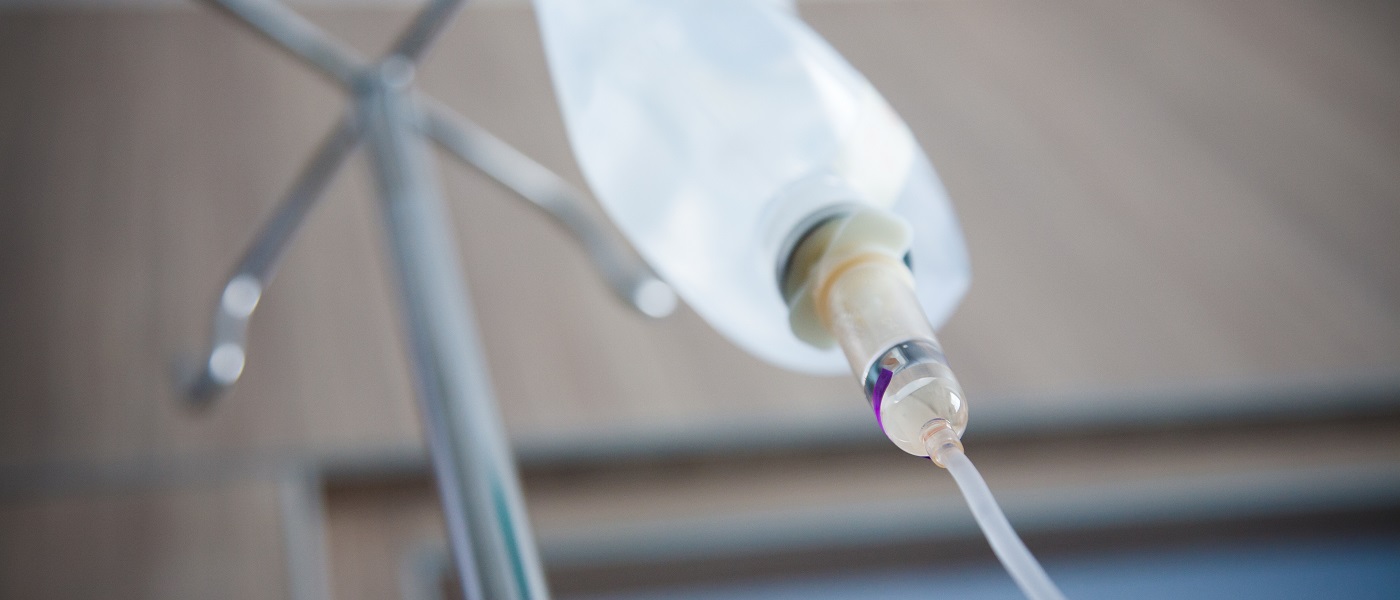
The war against cancer is going very well.
According to the National Cancer Institute, the overall death rate from cancer in the US dropped 25% in the 25 years from 1990 to 20141. The rate of decline appears to be accelerating; in recent years, the annual drop in cancer deaths has been approaching 2% per year.
However, more Americans are being diagnosed with cancer, meaning that the number of cancer survivors is increasing dramatically. For many Americans, a diagnosis of cancer means treatment lasting sometimes years, leading to remission and in many cases cures.
The increasing number of Americans living with cancer suggests that enormous resources must now be devoted to fighting the disease. This comes as the patient-centered treatment movement has gathered momentum. As a result, a growing body of literature has emerged to address home-based treatments for cancer2. Meanwhile, there is increasing support for home-based infused medication delivery in selected patients.
This article was last updated in March 2023, click to read the latest article, “The Shift to Chemotherapy at Home.”
Early evidence for benefits of home-based chemotherapy
As far back as 1989, researchers recognized the potential benefits of treating cancers at home, including with infused medications. A study by McCorkle and colleagues compared patients with lung cancer being treated at home or in an office setting. They found that home nursing care relieved distress from symptoms and helped patients keep their independence longer3.
A study from Australia in 2000 showed that cancer patients overwhelmingly preferred therapy at home4. There was no increased risk of complications in the home-treated patients, and outcomes were similar. Notably, for health care planners, home care was much more cost-effective than was hospital-based care.
In 2010, a longer-term study in US cancer patients showed that home-based care led to reduced use of emergency services and decreased hospital admissions for cancer patients5.
Is home-based chemotherapy safe?
There is understandable concern regarding administration of chemotherapy drugs outside of a clinic setting. After all, these drugs are highly toxic, and care must be taken in their handling. Adverse reactions to the medications can occur in any setting, therefore, caution should always be taken.
Many protocols require that skilled nurses remain with the patient in their home while chemotherapy agents are administered by the intravenous route. The home IV nurse takes vital signs and monitors for signs of adverse reactions to infused medications. The patients themselves are also educated on the possible side-effects6. Throughout the process, the patient’s oncologists are kept in close contact and are ready to respond in the event of an adverse medication reaction.
Finally, safety of home-based intravenous chemotherapy can be enhanced by selecting the patient population carefully. Such selection is facilitated by the advent of predictive analytics that allow oncologists and discharge planners to identify patients most likely to benefit, and least likely to suffer adverse events, from home-based infusion therapy.
Good for patients, good for providers
The advantages of home-based chemotherapy infusion accrue to all parties. Patients report better management of their symptoms and better adherence to chemotherapy schedules. Treatment delays can be avoided as there is no waiting for a slot at an infusion center. Avoidable emergency room visits and hospitalizations have been reduced. Finally, and most important to patients, home-based chemotherapy infusions provides them with better quality of life in terms of their spiritual and physical well-being7.
For oncologists and their staffs, home-based chemotherapy infusion affords precise monitoring of the patient via connected devices. Home nurses provide education that reinforces messages delivered in the oncologist’s office. This reinforcement reduces calls to the doctor’s office, freeing up time for office visits and reducing waiting room time for other patients. In general, physicians and their staffs gain professional satisfaction from the knowledge that their patients are being well taken care of at home.
For the over-burdened health care system, the cost savings realized are substantial. This is especially important in light of the trends toward increased survival from cancer. In the future, we may expect that even greater numbers of Americans with cancer will be receive infusion therapy at home.
This article was last updated in March 2023, click to read the latest article, “The Shift to Chemotherapy at Home.”
References
- Cancer Statistics | NIH
- The delivery of chemotherapy at home: an evidence synthesis | NIH
- A randomized clinical trial of home nursing care for lung cancer patients | NIH
- A randomized crossover trial of chemotherapy in the home: patient preferences and cost analysis | NIH
- Oncology patient-centered medical home and accountable cancer care | Community Oncology
- Chemotherapy safety at home | eviQ
- Advantages of a home therapy care unit | NIH





